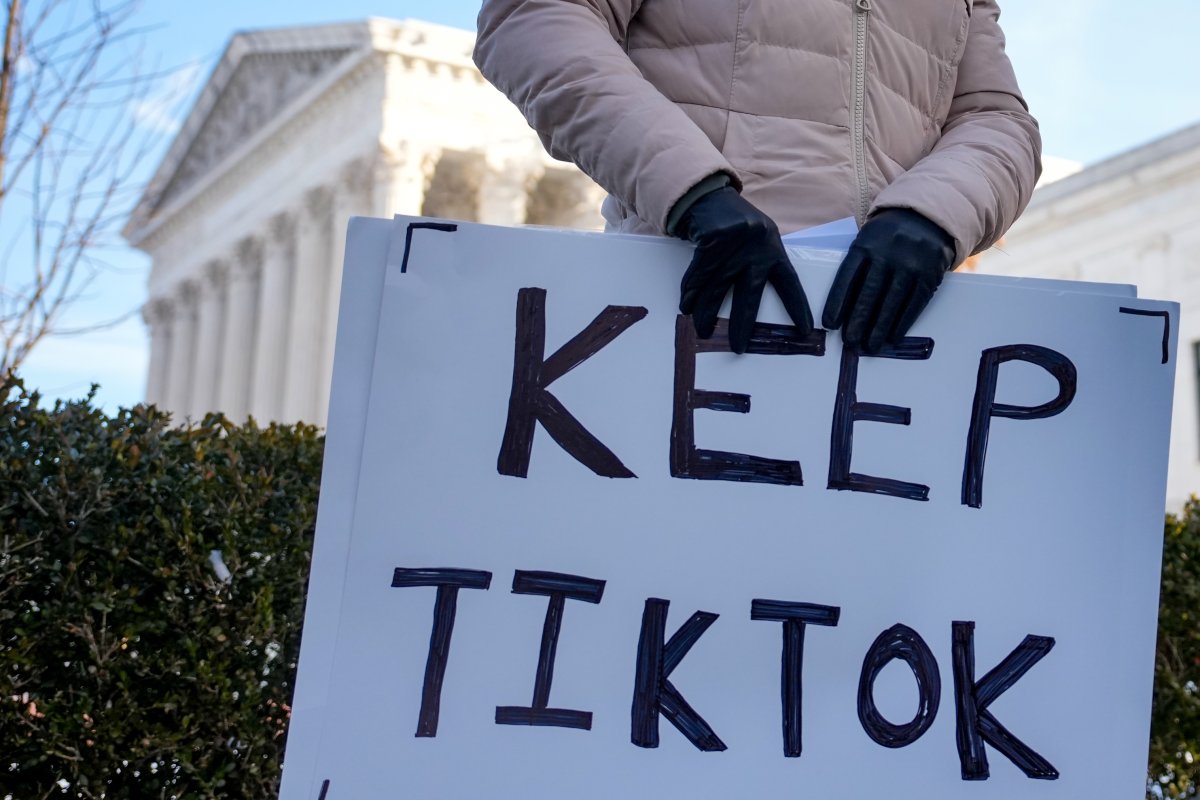
How a TikTok Trend Just Sparked a Global Political Debate
Panas Media – TikTok Trend Just Sparked a Global Political Debate might sound exaggerated, but that’s exactly what happened in the span of just a few days. What began as a lighthearted dance challenge turned into a political flashpoint involving world leaders, media outlets, and global communities weighing in with divided opinions.
In today’s hyperconnected world, a single video on social media can ripple through millions in minutes. But when entertainment bleeds into ideology, satire, or symbolism, the results can go far beyond likes and shares. They can ignite full-blown political conversations across continents.
It all started with a seemingly harmless TikTok trend. Creators from different countries began using a viral audio clip layered over satirical visuals and political references. Some included clips of protest scenes, while others edited footage of government officials lip-syncing to ironic lyrics.
The format exploded. Within 48 hours, the hashtag had over 300 million views. But what made it different from other TikTok fads was its subtext. The trend touched on themes like surveillance, nationalism, and power imbalances, wrapped in Gen Z’s favorite language: irony.
What was meant to be comedic quickly turned controversial.
Read More: This Quiet Power Shift in the Francophone Change Everything
Several governments weren’t amused. One European country officially flagged the trend as “misinformation wrapped in entertainment,” while state-run media in a major Asian nation labeled it “digital subversion.”
Politicians accused creators of spreading anti-government sentiment. Journalists began debating whether TikTok was empowering young people or becoming a weapon of narrative manipulation. Suddenly, a meme turned into a topic of national importance.
The political establishment, unused to youth voices rising through dance and memes, didn’t quite know how to react. And that uncertainty only fueled the virality.
What made this trend explode wasn’t just timing. It was tone. Young creators weren’t posting lengthy arguments or manifestos. They were laughing, remixing, and mocking authority through humor and visual language.
In the process, they made heavy topics palatable for wide audiences. From human rights violations to censorship, the trend became a vessel for digital protest—masked in humor but deeply intentional.
And that’s what unsettled power structures. When resistance looks like entertainment, it’s harder to censor and harder to ignore.
How a TikTok Trend Just Sparked a Global Political Debate reveals something deeper about this generation. They are not disengaged. They are just choosing different mediums.
For Gen Z and younger millennials, activism isn’t always street marches and press conferences. It’s stitched videos, trending audios, comment duets, and fast-moving satire.
The trend also highlighted how quickly content can shift from passive media to active movement. People began using the trend to speak out on local injustices, amplify minority voices, and even organize real-world action.
In some countries, activists adopted the visuals from the trend as digital protest tools. Others turned them into physical posters at rallies. It became a transmedia phenomenon—a meme turned manifesto.
When culture and ideology collide online, we get something new entirely. A decentralized, emotional, and unpredictable form of mass participation.
Interestingly, TikTok itself remained mostly silent during the controversy. No official moderation was publicly reported. Some videos were removed, but the trend largely continued unchecked.
This non-response opened another debate. Should platforms take a side when trends become political Should they intervene, or let cultural discourse play out freely
As social platforms become the new public squares, these questions grow more urgent. The policies of tech companies increasingly shape the flow of information just as much as traditional governments.
Perhaps the most striking takeaway from this moment is how universal a piece of content can become. The same trend was interpreted as satire in the West, propaganda in the East, and rebellion in the Global South.
A single template carried different meanings across cultures and borders. Yet everyone was reacting to the same sound, same style, same rhythm. That’s the power—and the unpredictability—of digital virality.
How a TikTok Trend Just Sparked a Global Political Debate shows us that today’s digital expressions are no longer confined to screens. They ripple outward, shift narratives, challenge institutions, and sometimes force the world to pay attention.
In a time when traditional political voices are often drowned out or discredited, humor and creativity may become the most powerful tools we have. Whether it’s through a dance, a filter, or a remix, today’s youth are speaking.
The world is finally listening. Whether it likes what it hears or not.